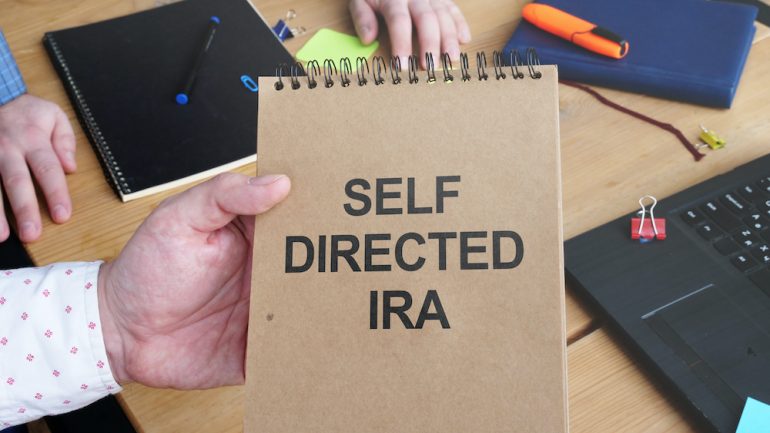Most individual retirement accounts (IRAs) invest in traditional securities: stocks, bonds and mutual funds. If you are looking to diversify your investments, however, you may be interested in a lesser-known retirement account known as a self-directed IRA. This account allows you to hold investments other IRAs don’t, such as real estate. Here’s how investing in real estate through a self-directed IRA works.
A different type of IRA
A self-directed IRA allows you to invest in such things as real estate, precious metals, private mortgages, oil and gas limited partnerships and stocks in non-publicly traded companies and defer paying taxes until you retire. Internal Revenue Service regulations prohibit certain other types of holdings such as gems, art, rugs, life insurance and others. As with traditional IRAs, these accounts must have a custodian, such as a bank or brokerage firm. The custodian manages the investments and oversees compliance with IRS regulations.
How real estate works in a self-directed IRA
With a traditional IRA you might have shares of mutual funds that invest in real estate, but with a self-directed IRA you own actual property, tax deferred. Investment property held in the IRA generates rental receipts that are paid into the IRA. The property’s appreciation and revenue stream grow tax deferred until you draw on them for income in retirement.
Mind the rules
The Internal Revenue Service (IRS) has complex and strict rules for self-directed IRAs, so consult a tax professional if you are interested in this kind of investment. The rules prohibit “self-dealing,” which means all transactions and usage must be “arms length.” This means neither you nor anyone related to you can currently benefit from the real estate investment. For example, you cannot purchase self-directed IRA property from a family member nor sell to one. The rules also prohibit you from purchasing a property, such as a vacation home, in which you or family members will live. If the real estate is rental property, rent payments must go into the IRA, not to you, family members or the custodian of the account. You cannot count “sweat equity” as part of the value of the property. Violating any of these rules means you will have to pay income tax on the full value of the investment in the year in which the violation happens. If you’re younger than 59 and a half, you’ll also have to pay a 10 percent penalty. Maintain careful records so you can prove you’ve complied with rules.
Other considerations
If you’re interested in a self-directed IRA, in addition to checking with a tax professional, research several possible custodians and their fees. The real estate holdings should generate enough cash flow to cover your annual fees plus profit. Remember that because real estate is not liquid, you will need liquidity in the account from some other source whenever you need to withdraw money. Required minimum distributions begin when you turn 70 and a half.
Because the self-directed IRA rules are complex, both the Securities and Exchange Commission and the IRS have issued publications informing investors of regulations and warning about fraudulent schemes to avoid.
Related – Understanding the IRS Code 1031 Exchange


